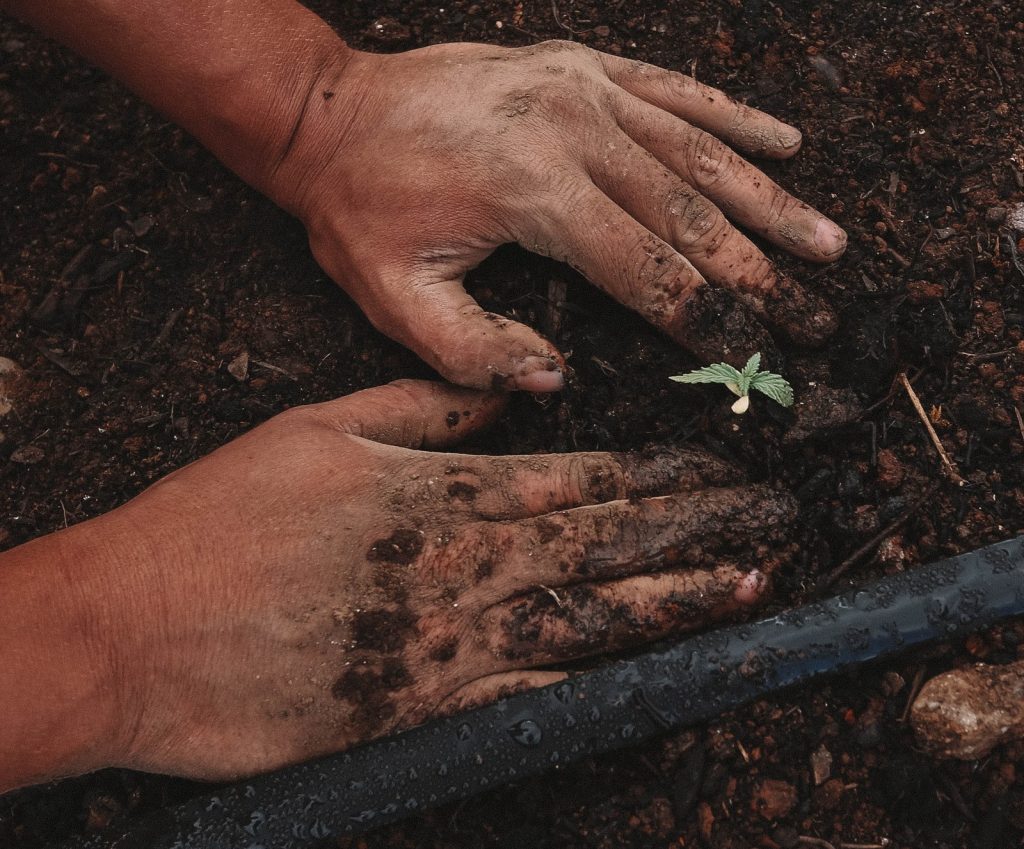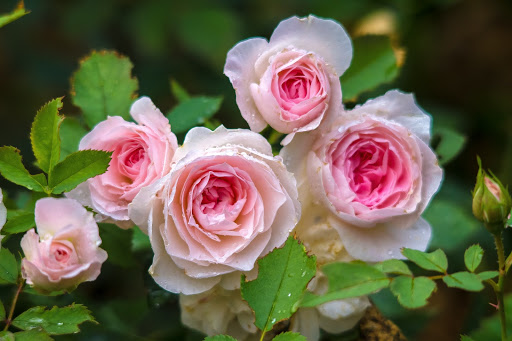No matter how much we want to believe that our garden is thriving because of our pottery choices, the actual secret to a thriving garden is nutritious soil. And while we all may know that, it’s difficult to know where to start.
Fertilizer sections in stores are often confusing.The shelves are piled with boxes and bottles, the floors covered with bags stacked high. Labels identify the package contents as “rose food” or “vegetable food,” “lawn fertilizer” or “general-purpose fertilizer.” In some stores, you’ll find bins filled with bone meal, blood meal, or hoof-and-horn meal?all labeled “natural fertilizer.”

Understanding N-P-K
So, what does all of this mean? Don’t worry, because regardless of the type of fertilizer you’re looking for, what’s important to understand is the N-P-K ratio, or the percentage the product contains by volume of nitrogen (chemical symbol N), phosphorus (P), and potassium (K). A 16-16-16 fertilizer, for example, contains 16% nitrogen, 16% phosphorus, and 16% potassium. A 25-4-2 formulation contains 25% nitrogen, 4% phosphorus, and 2% potassium.
Not all fertilizers will have every component, if any is missing, the ratio will show a zero for that nutrient (a 12-0-0 fertilizer contains nitrogen but no phosphorus or potassium, for instance).
Buying the Right Fertilizer for Your Garden
There are inexpensive soil test kits sold at garden centers that can give you a rough idea of the nutrients in the soil around your garden. By revealing which nutrients may be lacking, such tests can help you choose an appropriate fertilizer.
A fertilizer containing all three major nutrients is called a complete fertilizer; a product that supplies only one or two of them is an incomplete fertilizer. And despite what you may initially think, it’s not always wise to use a complete fertilizer in every area of your garden. If the soil contains sufficient phosphorus and potassium and is deficient only in nitrogen (as is often the case), you can save money by using an incomplete fertilizer that provides nitrogen alone (ammonium sulfate, for example). In some instances, complete fertilizers can even harm a plant. Exotic, bright-blossomed proteas, for example, will not tolerate excess phosphorus: they die.

For the casual gardener, a general-purpose fertilizer should work just fine. These mixtures often contain either equal amounts of each major nutrient (N-P-K ratio 12-12-12, for example) or a slightly higher percentage of nitrogen than of phosphorus and potassium (such as a 12-8-6 product). In this way they’re designed to support plants through every step of the growing process.
Certain plants, like camellias and rhododendrons to name a couple, have their own kind of fertilizer designed specifically for them. It’s not necessary to purchase because a general-purpose would work just fine, but it is something to consider.
Will you be incorporating fertilizer into your gardening routine this year? Let us know in the comments!


LEAVE A COMMENT